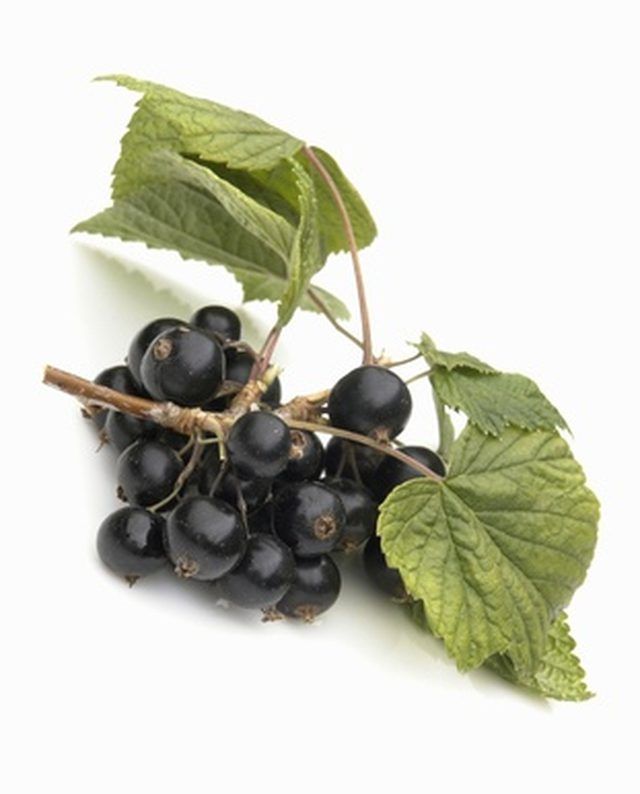Bulbs
Flower Basics
Flower Beds & Specialty Gardens
Flower Garden
Garden Furniture
Garden Gnomes
Garden Seeds
Garden Sheds
Garden Statues
Garden Tools & Supplies
Gardening Basics
Green & Organic
Groundcovers & Vines
Growing Annuals
Growing Basil
Growing Beans
Growing Berries
Growing Blueberries
Growing Cactus
Growing Corn
Growing Cotton
Growing Edibles
Growing Flowers
Growing Garlic
Growing Grapes
Growing Grass
Growing Herbs
Growing Jasmine
Growing Mint
Growing Mushrooms
Orchids
Growing Peanuts
Growing Perennials
Growing Plants
Growing Rosemary
Growing Roses
Growing Strawberries
Growing Sunflowers
Growing Thyme
Growing Tomatoes
Growing Tulips
Growing Vegetables
Herb Basics
Herb Garden
Indoor Growing
Landscaping Basics
Landscaping Patios
Landscaping Plants
Landscaping Shrubs
Landscaping Trees
Landscaping Walks & Pathways
Lawn Basics
Lawn Maintenance
Lawn Mowers
Lawn Ornaments
Lawn Planting
Lawn Tools
Outdoor Growing
Overall Landscape Planning
Pests, Weeds & Problems
Plant Basics
Rock Garden
Rose Garden
Shrubs
Soil
Specialty Gardens
Trees
Vegetable Garden
Yard Maintenance
How to Identify Currant Berries
How to Identify Currant Berries. You can eat currant berries plain, by themselves. Some people also like to cook them into preserves or jellies, or use them as a topping on ice cream or pancakes. According to the University of Wyoming, the correct harvest time for currant berries varies, depending on temperatures, rainfall and elevation. In...

You can eat currant berries plain, by themselves. Some people also like to cook them into preserves or jellies, or use them as a topping on ice cream or pancakes. According to the University of Wyoming, the correct harvest time for currant berries varies, depending on temperatures, rainfall and elevation. In general, plan to pick currant berries in the late summer. To positively identify currant berries, examine the characteristics of the bush.
Examine the bush. Currant bushes can grow up to 5 feet high and about that wide. If the plant is a currant bush, it should appear to be a "clump" of many different stems.
Check the leaves of the bush. Currant bushes have alternately-spaced leaves (they are not opposite each other on the stem). The leaves should appear similar to that of a maple. They are lobed, with toothed edges. The black currant bush has pale green-colored leaves while the red currant bush has a deeper greenish-bluish shade.
Examine the flowers of the bush. Currant bushes flower in the spring. Currant bush flowers are bell-shaped and yellowish-whitish. They grow in a row, alternately-spaced.
Check the bush for currant berries if you have positively identified the shrub as being a currant bush. Unripe currant berries are green, whether they are black or red. The berries grow in a cluster, or a chain. Red currants are a reddish color and tend to ripen all at once. Black currants are a darker purplish-brownish color and tend to ripen from the top downward.